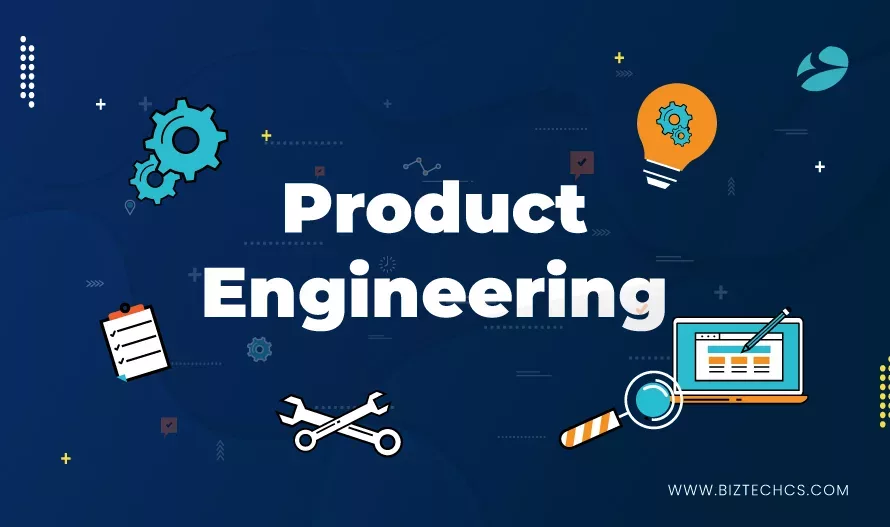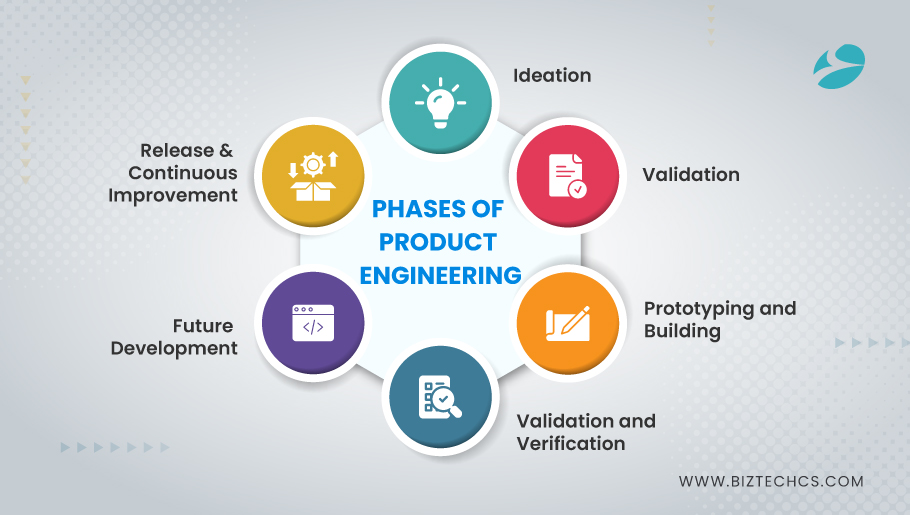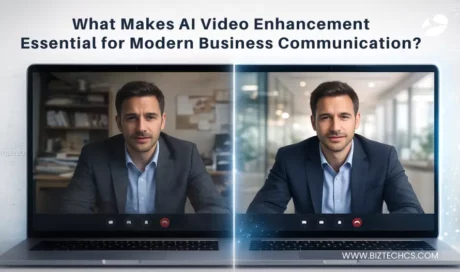3383
Product Engineering Guide: Process, Benefits & Examples
5 min read
3383
5 min read
Table of Content

Did you know the market size of product engineering services is expected to grow at a 4.1% CAGR between 2022 and 2031?
Its market worth in 2022 was $1085.8 Billion and estimated to reach $1610.6 Billion by 2031, as per reports. The increasing demand for innovation, growth, and faster time to market further accelerates the demand for product engineering.
so, what does product engineering mean and how it can affect your business? We’ll see all about it in this blog before you avail software engineering services for your product.
Firstly, we will understand the concept of product engineering in detail.
What is Product Engineering?
Product engineering is an idea that needs to be developed into a mature product that can solve a target audience’s problem through software, hardware, or a combination of both.
Below are the phases based on which a product idea can be designed and validated. It will help you decide if a particular idea is the right market fit or not.

In this stage when a new product idea needs to be developed then its TAM (Total Addressable Market) and SAM (Service Addressable Market) needs to be addressed. It is to help determine whatever product we are trying to build.
Once the market and the business ideas are addressed for the product, now is the time to list down the products which can be used to narrow down all the ideas into a single product. Once the product is decided, you now need to align the features to include in the product.
It includes many prioritization techniques and one of them is MoSCoW(Must Have, Should Have, Could Have, and Won’t Have) technique. With this prioritization, a product is built with a set of features that can be used to build an MVP (Minimum Viable Product).
Once the features are identified, now is the time to build a prototype. Creating a prototype will help you confirm that the ideas discussed during the brainstorming session can now be used to build the MVP. Once the prototyping is confirmed, you should quickly develop and deliver the product to the market.
Once the product is built, it is important to verify and validate the features. The verification proves that “the product was built right” and validation provides that “the right product was built”.
Based on this, you can determine if the discussed features and functionalities are working with the expected outcome or not.
When I say that “the Product was built right”, it means that the features and functionalities which were listed down are developed and working as expected.
Whereas, when I say “the right product was built”, it means the product built is for the right set of target audiences with TAM and SAM. Also, it is in alignment with the product vision or the overall idea that we had in the first place.
Once the product is validated and verified, it is time to address the vision of the product with a new set of features. These features should be introduced into the market after the MVP is completed.
The features will have an opportunity cost. So, any new features added will be considered by keeping the costs foregone when choosing an alternative. and, it should outplay the revenue generated from that product.
For Example:
Let’s consider two feature alternatives. One, making the restaurant favorites in a food delivery application. Second, mark the restaurant as a favorite if the food was marked as a favorite.
Now, you chose the first feature over the other. But, it didn’t increase revenue as you thought it would. So, the time and resources spent on making the feature is known as opportunity cost.
If you had chosen the second feature, then the app would sort down similar restaurants selling the same favorite items. It would help the customers explore new restaurants so that more revenue could be generated.
Here, the opportunity cost is not generated as the revenue earned from this feature surpassed the money spent on developing the feature.
Hence one can say that the opportunity cost is the pioneer of building a product or making decisions for the future development of the product.
The final stage of the lifecycle is all about releasing and continuously improving the product. Once the product is released into the market, it is time to take feedback from innovators and early adopters.
It is important for any technology to be adopted by the users, rather than adopting the users to the technology. Once the feedback is received, you need to fix the bugs in the product and continuously keep improving the product until it is stable or market fit.
It is because after that only the other types of users like the Early Majority, Late Majority, and Laggards can be attracted to use the product.
If the above steps are followed, then the developed product will be a market fit. If the above steps are not followed, then there can be issues with business growth to increase revenue on a quarterly/monthly basis.
The product might not be used by the target audience, and the market will share negative reviews. It will impact the overall business performance and even lead to failure.
Read Also: What is the Importance of Neuroscience in Product Engineering?
The idea of product engineering is not only about building a product for the audience’s demands or what the requirement audience gives for development. But, it is also about the important things which are needed in product development, like:
In iterative development, you can break the entire development cycle of a large product into smaller chunks. Here, each iteration represents a repeat cycle where the design, development, and testing of elements are performed.
Only a new set of features that needs to be developed in an existing product needs to be validated and researched. It will help make the product well-engineered. And, this is the importance of product engineering for building any kind of product.
Product Engineering is the process of ideation, planning, design, and development to create a full-fledged functional product ready for sale. Businesses require product engineering to assess and identify the risks involved in each phase.
It is so they can produce a better product that provides increased value to your business. Are you unsure if the new product you are developing or your existing product lacks in value? Our Product engineering services can help you seek appropriate answers related to your product.
Get in touch with leading project engineers to build a profitable and innovative product that is high in demand!

Artificial Intelligence (AI)
67
By Biztech Editor

Odoo
72
By Uttam Jain

Artificial Intelligence (AI)
74
By Biztech Editor